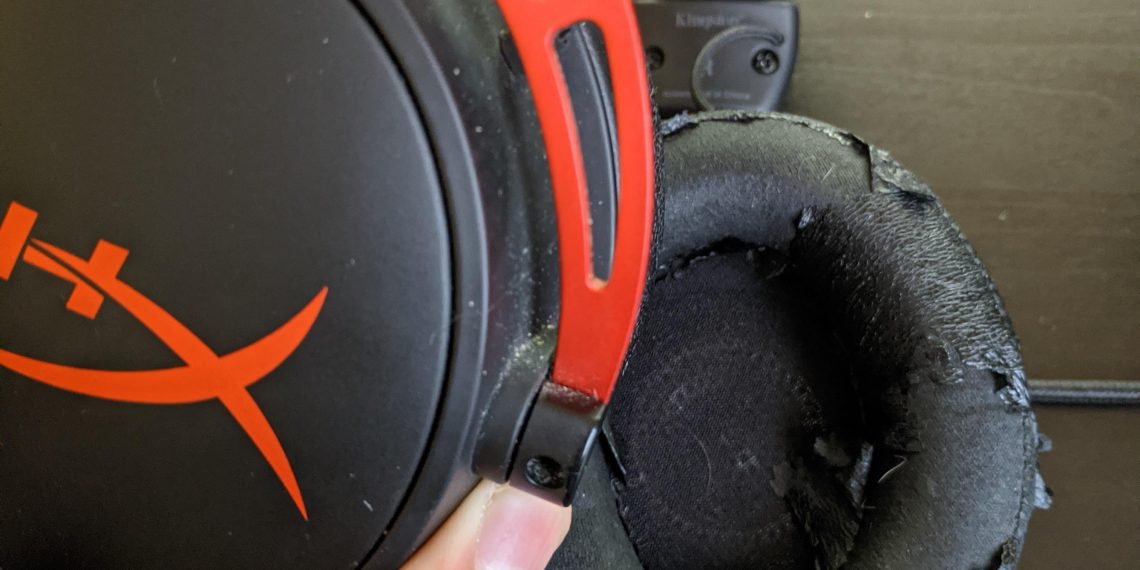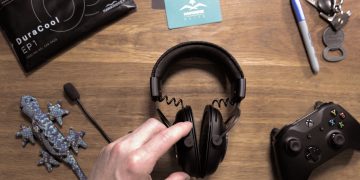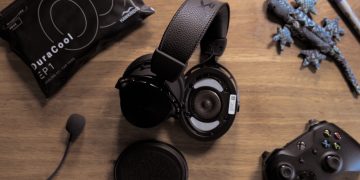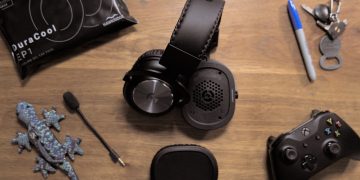Gaming has become more than just a hobby; it’s a lifestyle for millions of enthusiasts around the world. As gamers immerse themselves in virtual worlds and competitive battles, their gaming gear becomes an essential part of their experience.
Yet, amidst the adrenaline-fuelled excitement and intense gaming sessions, one often overlooked component of gaming headsets silently endures its own trials: the earpads. These seemingly innocuous cushions play a vital role in comfort, sound quality, and overall immersion. As hours turn into days and days into weeks of relentless gaming, the wear and tear on earpads can be significant. In this article, we delve into the lesser-known world of gaming earpad deterioration, uncovering the common ways these often underappreciated components wear out.
From the subtle effects of compression to the relentless assault of moisture and environmental factors, understanding how earpads degrade is essential for maintaining peak gaming performance and comfort. So, let’s dive into the fascinating journey of how gaming earpads endure the trials and tribulations of the gaming world.
How Gaming Headset Earpads Wear Out
1) Compression and Flattening
One of the most common ways gaming earpads wear out is through compression and flattening over time. As users wear the headset, the earpads gradually lose their original shape and thickness due to the pressure exerted by the user’s ears. This compression can result in a loss of cushioning and support, leading to discomfort during prolonged gaming sessions. Additionally, flattened earpads may fail to create a proper seal around the ears, compromising sound isolation and reducing the headset’s overall audio quality.
2) Material Degradation
Another common cause of wear and tear in gaming earpads is material degradation. Earpads are often made from synthetic materials such as leatherette or foam, which can deteriorate over time due to exposure to sweat, oils from the skin, and environmental factors like heat and humidity. As the material breaks down, it may become prone to cracking, peeling, or flaking, compromising both comfort and aesthetics. Additionally, degraded earpad material can harbor bacteria and unpleasant odors, affecting the hygiene of the headset.
3) Friction and Abrasion
Friction and abrasion from repeated use can also contribute to the deterioration of gaming earpads. As users take the headset on and off or adjust its position on their head, the earpads may rub against clothing, hair, or other surfaces, causing friction that wears down the material over time. This friction can lead to pilling, tearing, or thinning of the earpad material, reducing its effectiveness in providing cushioning and support. Additionally, abrasive cleaning methods or harsh chemicals can further accelerate the deterioration of earpads.
4) Moisture and Sweat
Moisture and sweat from prolonged gaming sessions can also take a toll on gaming earpads, particularly if the material is not moisture-resistant. Sweat can seep into the earpad material, causing it to become damp and soggy. Over time, this moisture can weaken the structural integrity of the earpads, leading to sagging, stretching, or deformation. Additionally, damp earpads can become a breeding ground for bacteria and mould, posing hygiene concerns for users.
6) Environmental Factors
Environmental factors such as exposure to sunlight, heat, and humidity can also contribute to the wear and tear of gaming earpads. Prolonged exposure to sunlight can cause the material to fade or become brittle, while heat and humidity can accelerate the breakdown of synthetic materials. Additionally, storing the headset in a dusty or dirty environment can lead to the accumulation of debris on the earpads, causing them to degrade more quickly over time. By understanding these common ways that gaming earpads wear out, users can take proactive measures to maintain their headset’s comfort, performance, and longevity.









